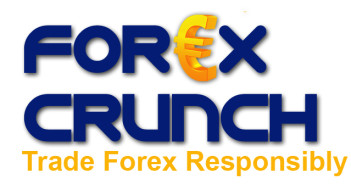Guest post by David Leal, Market Analyst – IntegrityFXPlus.com
Like any other good, the value of a currency is determined by the forces of supply and demand. However, in currencies the supply of currencies is controlled by the central banks. They are the single most influential entity on a currencies value. So, it is obviously advantageous to any trader to be able to see through the eyes of a central bank.
The Federal Reserve controls the US dollar, giving it the most influence on the market. According to its mandate the Federal Reserve has two goals, to maintain price stability (i.e. low inflation) and to maintain sustainable output (i.e. low unemployment). However, their actions reveal that their primary goal is to prevent deflation of the dollar (a situation with a strengthening value of the dollar and increasingly high interest rates). Of course this is related to maintaining low inflation, but the difference is that high inflation is embraced, while any level of deflation is feared like the plague. Remember that deflation takes power away from a central bank, while inflation strengthens it.
This is why the Federal Reserve prefers the dollar to lose value (there is also the fact that a weakening currency is beneficial for borrowers, i.e. the government, but that’s a topic for another day).This includes the dollar’s value against other currencies. But this poses a problem, other central banks want to devalue their currency as well, and due to the nature of the foreign exchange market, a loss in value of a currency is necessarily a gain in value for another currency. This puts the central banks at odds with each other.
When the world is relatively calm and in a sort of equilibrium, the Federal Reserve has the upper hand. When they do the dollar slowly devalues (except of course for the yen, since everyone borrows yen). But, when things begin to look bad and the demand for currencies begins to have a larger impact reducing the effectiveness of controlling the supply of a currency. This is what the situation has been in the last two years.
So here we stand today, the dust slowly clearing from the mess, and the Fed once again beginning to gain a firm grasp on its dollar manipulation. But it does not have that control yet. The situation in Greece put a huge dent in the Fed’s progress, and potential new problems still stand in the way (Australian housing bubble anyone?). The timing on interest rate hikes is unclear, but one thing is certain, the Fed will not be raising them until there is little risk of the dollar gaining value as a result.
So, put yourself in the shoes of the Federal Reserve and ask yourself what you would do to debase the value of the currency you oversee.
Want to see what other traders are doing in real accounts? Check out Currensee. It’s free.
